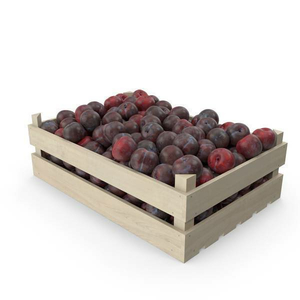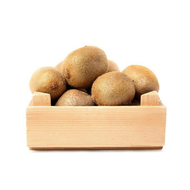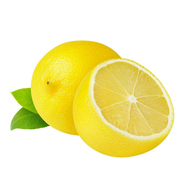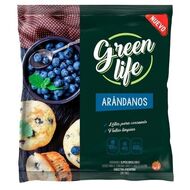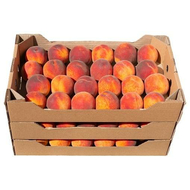General
Plums are fruits that are part from the Prunus subg. Prunus, which includes plums, apricots and bush cherries. Species from this subgenus are sugary, soft and rubbery. Mature plums may present a dusty-white waxy coating. This is an epicuticular wax coating and is known as "wax bloom".
Plums can also be dried and turned into prunes, which are dark and wrinkled.
Nutritional information
The plum fruit provides few calories, a large amount of water (which facilitates hydration of the body), fiber, sugars, vitamin and minerals.
If consumed whole, its contribution in fibers causes greater digestive work, which generates greater satiety and collaborates with the proper functioning of the digestive system. It also helps keep glucose and insulin from rising rapidly in the blood
Its forms of consumption can be whole and raw, in preparations, in smoothies or in juices, among others. You can consume any type of fruit and the recommended portion is 3 fruits per day, avoiding them at night. In the case of small fruits (such as grapes) or fruit cut into pieces the portion is one cup (equivalent to a whole fruit) and in dried fruits the portion is 2 tablespoons (30grs), which is the equivalent of a whole fruit.
Aucun avis trouvé

